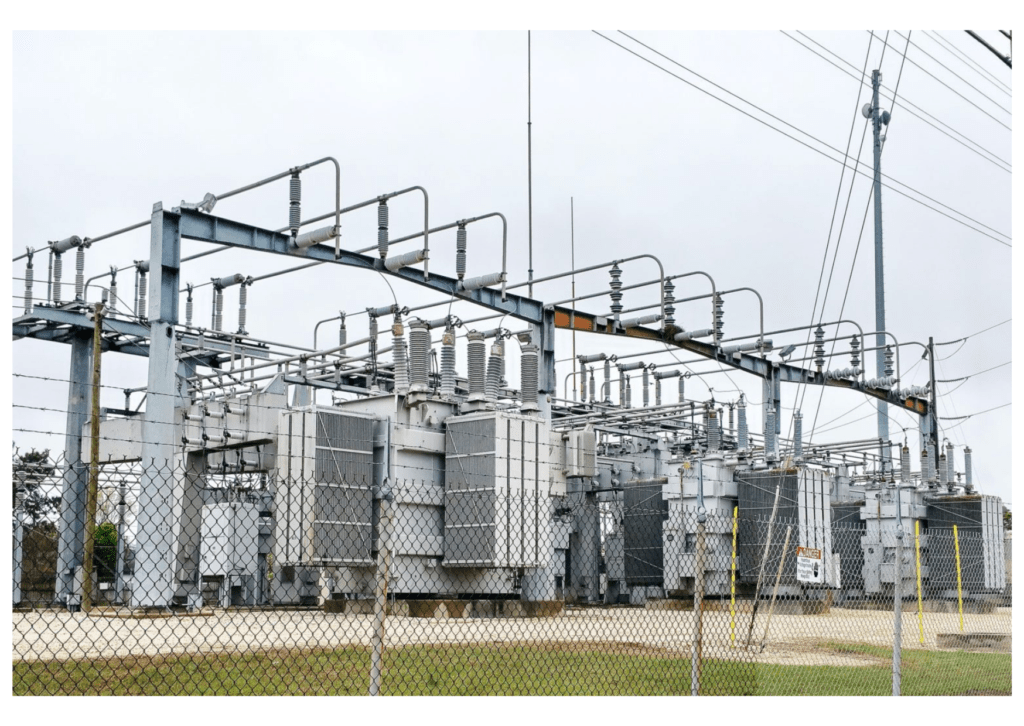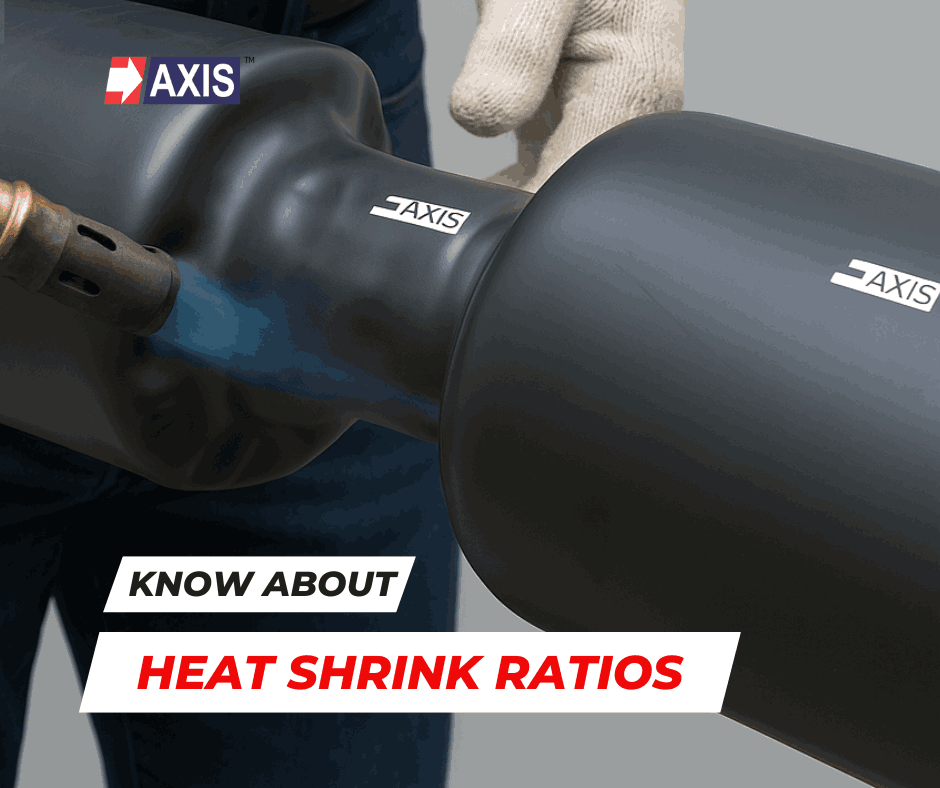Reduce Power Loss & Outages with these MVCC Accessories
In today’s blog, we will discuss Covered Conductors and their accessories. By the end of this blog, you will understand what Covered Conductors are, their sizes, and the key accessories mandatory for their performance. What are Covered Conductors? They resemble conventional overhead power cables. But they are wrapped in ...













